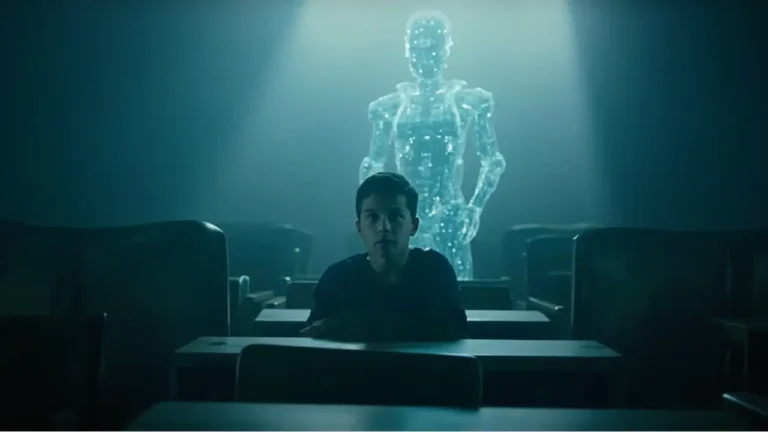
Artificial intelligence in school is no longer a novelty. It is a classmate. According to a recent survey by Skuola.net, 68% of Italian students use it for homework, research and essays. ChatGPT has become the new ally, but also the new alibi. The real question is: is school ready?
The Italian education system is at a crossroads. Integrate artificial intelligence in school as a tool to enhance learning, or suffer it as a mental shortcut. Only 52% of teachers say they are truly prepared to use it (source: Censis). And while the guidelines are slow, many teachers fear it, others ignore it, very few understand it.
In the United States, things are moving further ahead. Georgia Tech has created “Jill Watson ,” an AI assistant that responds to students in support forums, without anyone realizing its non-human nature. At the University of Illinois, AI is being used to provide personalized and immediate feedback , with an increase in engagement of up to 30% (source: OECD 2023).
The first concrete steps are also being taken in Italy: the Ministry of Education has launched an experiment in 15 schools, with the aim of introducing AI tutors to support students in difficulty , assist teachers and test personalized paths. In parallel, school networks such as the one in Friuli Venezia Giulia are working on ethical guidelines on the use of artificial intelligence in schools.
In Italy, the use of AI among students and teachers is now a widespread reality : 68% of students who use it intend to continue doing so in the future, and 65% use it to complete assignments and write essays . ChatGPT and similar tools are perceived as useful by 54% of students, who recognize their positive impact on their school experience . Even among teachers, especially the younger ones, there is openness towards these technologies, seen as allies for teaching and personalizing learning.
Another challenge is territorial. Digital disparities between north and south, between large cities and small towns, between well-equipped technical institutes and under-equipped lower secondary schools, risk creating a deep fracture. Artificial intelligence in schools can accentuate these differences if it is not accompanied by structural investments and systematic teacher training. Because without training, AI remains a neutral tool — or worse: poorly used.
But there are voices to the contrary. Like that of Salvatore Giuliano, principal and former undersecretary, who states: “AI can democratize learning and enhance individual talents, if used with awareness.” A confident vision that is confirmed by the numbers: where AI is integrated with method, students participate more, and results improve.
The real risk is not AI. It is the absence of vision . Without human guidance, AI can become a convenient but dangerous crutch. A neutral technology in the wrong hands. Or worse: an alibi.
Artificial intelligence will not save school. But it will not destroy it either. It will be a mirror. It will reflect exactly what adults will be able — or will not be able — to transmit.
Experiences like “Jill Watson” in the USA or digital tutors in Italy demonstrate that artificial intelligence in schools can enhance learning and personalize teaching. But without culture, without ethics, without vision , no algorithm will be enough.
“AI can support teaching, but it can never replace the teacher. The human dimension of education is irreplaceable.”
— UNESCO, Artificial Intelligence in Education: Challenges and Opportunities , 2021
The technology is ready. The real test, now, is all ours.
“We should not fear artificial intelligence. We should fear the ignorance with which we use it.”
Salvatore Giuliano (Italian Dean and Promoter of Digital Innovation, interview with Il Sole 24 Ore, 2023)

